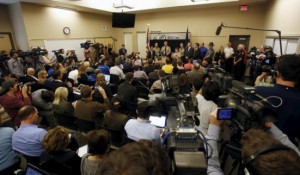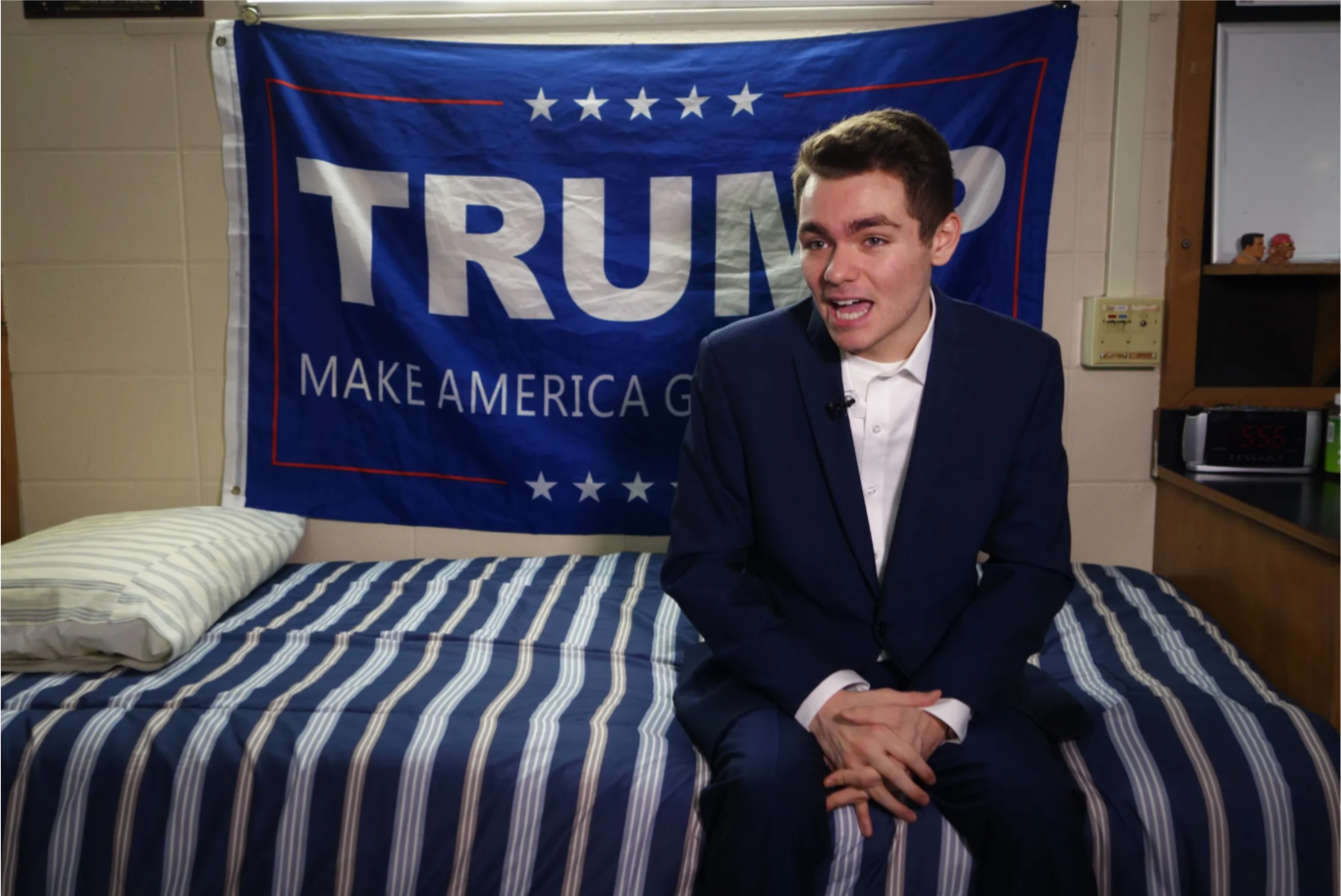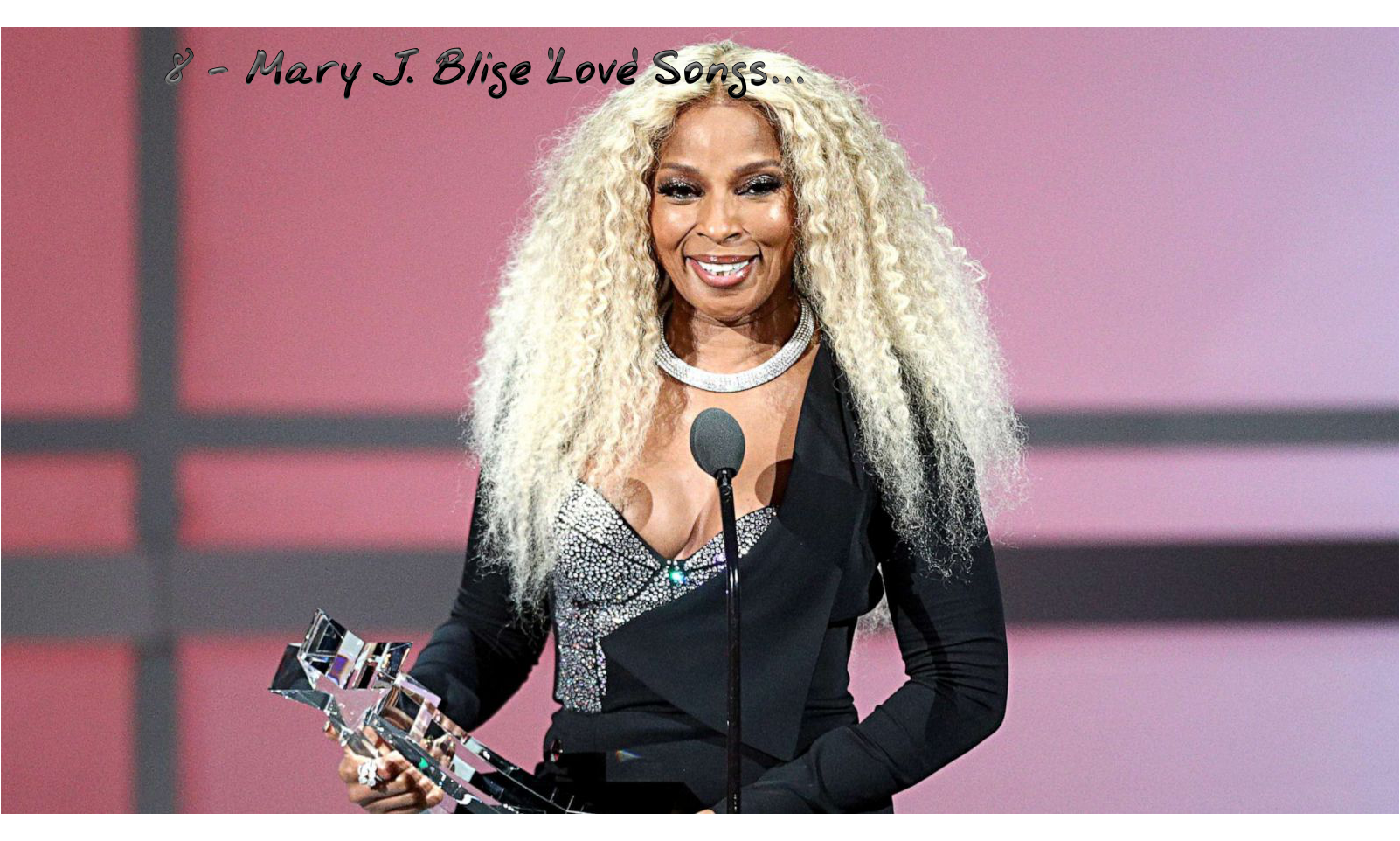(ThyBlackMan.com) “Seems the more people you kill, the more you’re in the limelight.” This is a quote from the Oregon community college shooter, who I will not name. His quote is the reason that Oregon police investigators absolutely refused to name him in statements and interviews. A group of friends, relatives, and parents of the shooter’s victims angrily denounced a local paper for mentioning his name and demanded that it cease and desist. This was more than just anger, outrage and aggrieved pique at the killer. There’s an online campaign. “No Notoriety” not to name mass killers.
The FBI and police groups have followed this tact. The no name campaign is horrific recognition of what studies show and that’s that mass killers know exactly what they’re doing, and bank heavily on turning their killing spree into warped and perverse mass theater and spectacle. They know this is the kind of gory sensationalism that much of the media feeds on, and they’ll get the sick and sordid attention they crave. In less than a week after the Oregon college mass killing, there were shootings at Northern Arizona University, and Texas Southern University.
The ritual is now well-established. A young, single, loner type male shoots up a campus, theater, or mall. He etches out a “manifesto” or a YouTube rant. It quickly goes viral. The details about the killer, his background, complete with mug shots, and endless speculation about his motives is looped continually. This confers an inverted status, prestige, almost anti-hero celebrity aura to the act and the killer.
http://www.wsj.com/news/articles/SB10001424052702303309504579181702252120052
There’s a growing body of evidence that flashing the deadly rampages on the screen gives the horrendous act validation  far beyond what was dreamed or certainly intended. Studies note the copycat effect in killings that occur in bunches, rather than randomly. The killings get widespread media play, and the killers all fit the same prototype, lonely, enraged, with a wildly exaggerated notion of grandiosity. Other studies of violent suicides that received wide media play found the same spike in copycat suicides.
far beyond what was dreamed or certainly intended. Studies note the copycat effect in killings that occur in bunches, rather than randomly. The killings get widespread media play, and the killers all fit the same prototype, lonely, enraged, with a wildly exaggerated notion of grandiosity. Other studies of violent suicides that received wide media play found the same spike in copycat suicides.
In response, a number of news outlets in Europe clamp a near blanket prohibition on endless coverage of gruesome suicides and killings. In their reports, they pick their words very carefully to describe the circumstances, provide the barest of bare bone details, and avoid using any language that can be construed as romanticizing the killer, and his act. The point is not to give the killer what he hungers for most and that is a mass audience and a sort of entrance into Valhalla sense of the grand end to life.
http://kuow.org/post/how-media-can-help-prevent-mass-shootings
Simply totally erasing the names of mass killers from the coverage as some news outlets do, though, is only the starting point. It’s not the mention or non-mention of a mass killer’s name that’s the problem. It’s the possible inadvertent aid and abet of the killers in their calculated last gasp effort to get the world to see, hear and recognize the importance and significance they attach to their always convoluted, disjointed ramblings. The speculation and conjecture about the killer’s motives makes it almost appear that there is a rational and justifiable reason to why the killer did what he did. The problem is that the speculation is almost always based on his words, and in continually citing them this gives the perception that there is not just reason to the killings but even justification.
The answer is to scrap the endless play by play of the killings, complete with graphic description of the killer’s clothes, facial expressions, and especially the seemingly obsessive talk of the shooter’s arsenals of weapons and everything about them even down to the weapon’s serial numbers. This includes photos and film footage of the shooter’s bloody path. All of this goes viral before the last frame is on the screen flashes.
http://journals.plos.org/plosone/article?id=10.1371/journal.pone.0117259
News outlets counter that sharply limiting the coverage of the killings is censorship and violates the premise of the public’s right to know. Throw in the pressure the networks are under to fill up hours of air time, the press of ratings competition, and the relentless search for a scoop, make the temptation to go sensational near irresistible. But sensationalism and overkill reporting makes a dangerous mockery of the public’s right to know. News outlets routinely don’t provide the names and details of sexual assault victims, minors, or how a terrorist group made a bomb. They even ace out profanity, and racial expletives from all newscasts because they are offensive.
It’s true that mass killings are the apex of gruesome sensationalism, and sadly, are real news. But this just this makes it even more imperative that they are reported without inadvertently or intentionally sensationalizing them. When this happens the unnamed Oregon shooter and others that copycat them are shut out of the audience and 15 minutes they crave. This is a big step toward not creating even more of them.
Written By Earl Ofari Hutchinson
One can find more info about Mr. Hutchinson over at the following site; TheHutchinson ReportNews.
Also feel free to connect with him through twitter; http://twitter.com/earlhutchins
He is also an associate editor of New America Media. His forthcoming book is From King to Obama: Witness to a Turbulent History (Middle Passage Press).

















Mr. Hutchinson Good coverage and your article sounds good. But on another note…..Why did you ask Danielle Watts for an apology in a press conference to the media but not demand one from LAPD or the mayor or councilmen for any injustices. That was real coonish move and as an avid reader of your articles in the Sentinel, I am very disappointed in you and Tony Muhammad. Are you scared of white supremacy that you would do that? Cmon brother, they need to apologize to us, for their behavior throughout history, not the other way around. They dont apologize for shit, why should we. She probably was being profiled. Dont give the police nothin. Its a war out here BLACK MAN.